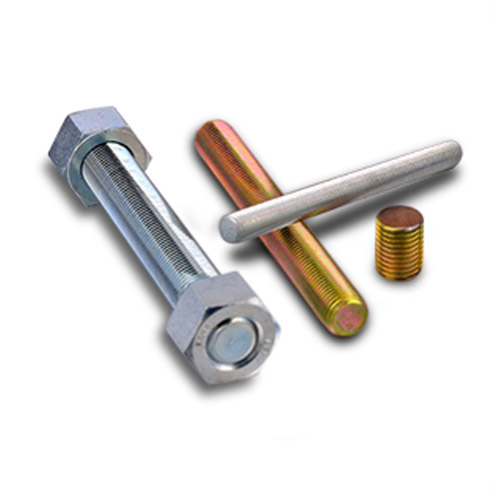নভে. . 11, 2024 19:31 Back to list
anchor bolt hole diameter
Understanding Anchor Bolt Hole Diameter
Anchor bolts are crucial in construction and engineering, serving as the primary connection point between structures and their foundations. One critical factor in the installation of anchor bolts is the diameter of the bolt holes, which directly affects the strength and reliability of the connection. This article will explore the importance of choosing the correct anchor bolt hole diameter and how it impacts structural integrity.
What is an Anchor Bolt?
An anchor bolt is a fastener used to attach structures to concrete. They are embedded in concrete foundations and support various structures, including buildings, bridges, and towers. Proper installation ensures that these structures can withstand various loads, including tension and shear forces.
The Role of Hole Diameter
The diameter of the hole drilled for an anchor bolt is a crucial factor that influences the performance and stability of the bolt. The hole must be sized correctly to provide adequate strength and to allow for any necessary adjustments during installation. A hole that is too large can lead to insufficient anchorage, increasing the risk of failure under load. Conversely, a hole that is too small can cause damage to the bolt during insertion or create stress concentrations that could lead to failure.
Recommended Practices for Determining Hole Diameter
When determining the appropriate anchor bolt hole diameter, several factors must be considered
anchor bolt hole diameter

1. Bolt Diameter The hole diameter should typically be slightly larger than the bolt to accommodate the bolt's shank and any required waterproofing or sealing materials. Generally, a clearance of about 1/16” to 1/8” is recommended to ensure a good fit.
2. Material Properties The properties of the materials involved—both the bolt and concrete—can influence the required hole diameter. For instance, softer materials may allow for a larger diameter, while harder materials may necessitate a tighter fit.
3. Type of Loading The expected types of loads—shear, tensile, or combined forces—will also dictate the hole size. In seismic zones or areas subject to significant lateral loads, greater consideration must be given to hole diameter to prevent anchor bolt pullout.
4. Environmental Conditions Factors such as moisture, temperature fluctuations, and corrosive environments should also be taken into account. These conditions can affect the materials over time, influencing the design and size of the hole.
5. Standards and Codes It is essential to reference local building codes and standards when determining bolt hole diameter. These regulations provide guidelines to ensure safety and performance in structural applications.
Conclusion
In summary, the diameter of anchor bolt holes plays a critical role in the overall stability and strength of concrete structures. Properly sized holes ensure that anchor bolts can perform their intended function effectively while adhering to safety standards. By considering factors such as bolt diameter, material properties, expected loads, environmental conditions, and relevant codes, engineers can select the appropriate hole diameter, enabling structures to withstand various stresses and strains. Proper installation and attention to detail in this aspect of construction can ultimately lead to safer, more durable structures, paving the way for further innovation and robustness in engineering design.


